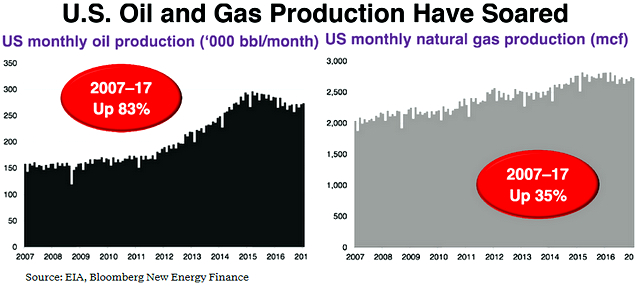 |
| The roadmap comes after two years of analysing Australia's electricity system. (Reuters: Jason Lee) |
Key points:
|
Energy Networks Australia and the CSIRO have spent two years analysing the future of the electricity system.
Their roadmap says a national energy plan with an emissions intensity scheme starting by 2020 should be part of a successful energy transition.
Energy Networks Australia's chief executive John Bradley said it would send the signals needed to drive a smooth shift to a reliable, low-cost and low-carbon energy.
"The carbon price and the certainty around carbon policy is certainly one of the things that has been identified in this process," Mr Bradley said.
"If we have stable and enduring carbon policy, which doesn't change at every election cycle, then we will see a lower cost of investment, whether that is large-scale renewables or … small-scale systems that households are investing in.
"We will see a more stable transition that keeps energy security at this critical time."The report predicts about 25 new large-scale solar or wind farms will be needed in a five-year time frame to replace coal-fired power stations.
Mr Bradley said rooftop solar would also be a big contributor. He identified Queensland as a huge growth area.
"By 2030, there would be as much rooftop solar capacity on the system as there currently is coal-fired generation capacity," he said.
"Similarly, in New South Wales there's likely to be more rooftop solar capacity by 2030 than there is coal-fired generation in New South Wales today."
Batteries to play key role in transition
The report found part of the solution to the reliability problems with renewables would be to manage peak demand.
CSIRO chief economist Paul Graham said that could include rewarding people for using their batteries during times of peak demand.
"If you could turn your battery on at that time, that might save the grid some costs. That is the sort of signal we need," he said.
He pointed out it would also require new high-tech meters, "so the customer knows when their power demand is getting higher and they can pull that back".
Mr Bradley said batteries would also play a key role in eventually replacing coal-fired power generators.
"You could see very large-scale, grid-connected batteries playing a role as we are looking at in some parts of South Australia," he said."But you will also see this mass-market, take-up of residential and small customer battery storage."
He predicted there would be 760,000 residential batteries in Queensland by 2030 and over 2 million by 2050.
"So that is going to be a major integration challenge for the grid, but also a huge opportunity to avoid investment in other parts of the system," he said.
Links
- Electricity Network Transformation Roadmap Final Report
- Gas prices halved, problem solved. Is it that simple?
- Power prices could halve under new gas export restrictions, Turnbull says
- A $2 million Northern Economic Plan grant will trial low carbon emission and electric buses on Adelaide roads
- First locally manufactured low emission diesel bus rolls off the production line
- Turnbull government confirms Australia’s greenhouse gas emissions are rising
- Capitulation on climate ignores evidence and will come at a cost
















